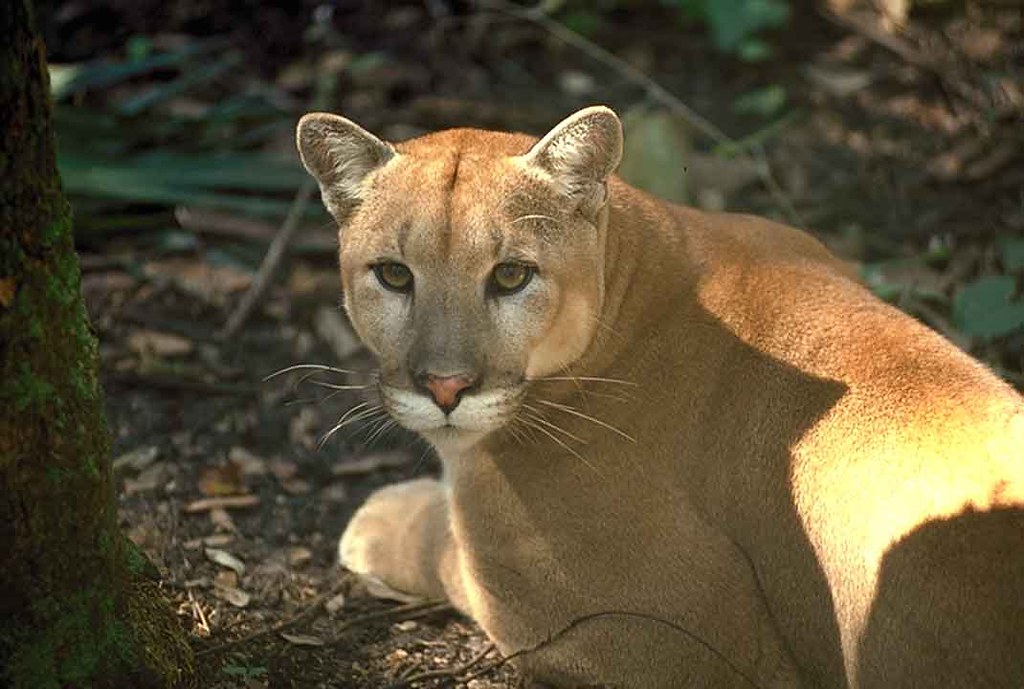This article was originally published by National Review.
Words have meaning—or at least they should. And a high-profile legal battle over the Endangered Species Act has prompted the federal government to finally define the meaning of a simple word with potentially big consequences: habitat.
Last week, in response to a 2018 Supreme Court decision, the U.S. Fish and Wildlife and National Marine Fisheries Services proposed a definition of habitat that seems long overdue. Despite criticism of the definition, it could reduce conflicts surrounding the far-reaching and controversial law and pave the way for more effective approaches to protecting endangered species.
The new definition would mandate that “critical habitat” for a species—more or less the areas “essential” to the species’s conservation—must actually be habitat for that species, by stipulating that only “areas with existing attributes that have the capacity to support individuals of the species” are eligible for the designation. Until now, lacking a clear definition of habitat, the federal government could declare private lands “critical habitat” for an endangered species even if the species didn’t or couldn’t live on those lands. And once landowners’ property was so designated, they could be saddled with burdensome red tape and land-use restrictions.
That’s essentially what happened to Edward Poitevent when his family’s Louisiana property was declared critical habitat for the endangered dusky gopher frog in 2011. The Fish and Wildlife Service made the designation even though there had been no documented sightings of the frog in the state for half a century and the land was no longer suitable for the species; it had been a dense commercial tree plantation for decades, and the frog needs an open-canopied landscape of longleaf pine to survive.
In its ruling in the resulting lawsuit, the Supreme Court offered up a grammar lesson: “According to the ordinary understanding of how adjectives work,” wrote Chief Justice John Roberts in a unanimous opinion, “‘critical habitat’ must also be ‘habitat.’” The Court sent the case back to a lower court, and now the Trump administration is seeking to define the term with that lesson in mind.
At a cost like that, it’s a wonder any landowner would want to conserve land for imperiled species.
Critical-habitat designations on private land have long been controversial and counterproductive. They can burden landowners with restrictions on the way property can be used, and have the potential to decrease property values given the risk and regulatory uncertainty they bring with them. A study published this year by U.C. Berkeley economist Max Auffhammer and his colleagues found that critical-habitat designations in California decreased the value of vacant lands by up to 78 percent. In the dusky-gopher-frog case, the federal government acknowledged the designation could decrease the value of the Poitevents’ land by up to $34 million.
At a cost like that, it’s a wonder any landowner would want to conserve land for imperiled species. So it’s perhaps not surprising that while critical-habitat designations have done much to create conflict with landowners, they have done comparatively little to actively protect and grow endangered species’ populations. In some cases, they have even harmed efforts to do so.
The new definition would at least clarify that critical habitat should be habitable, avoiding future conflicts like the one that played out with the Poitevents. But like the frog, most endangered species rely on human effort for conservation and recovery, and changing the definition won’t give landowners much more reason to participate in that process.
One group that has come up with a way to give landowners incentives to help conserve an endangered species is Defenders of Wildlife. The organization helped pioneer programs that compensate ranchers for livestock losses from gray wolves and grizzly bears in an effort to conserve those carnivores. More recently, through the Mexican Wolf/Livestock Coexistence Council, it has helped develop a program in New Mexico and Arizona that not only compensates ranchers for lost livestock but proactively pays them for the presence of endangered Mexican gray wolves on their land
Still, even as most endangered species rely on private land for habitat, they remain unwelcome guests all too often due to the Endangered Species Act’s punitive approach. Until landowners see positive incentives to conserve or restore habitat, imperiled species will continue to be liabilities to avoid rather than assets to protect.





